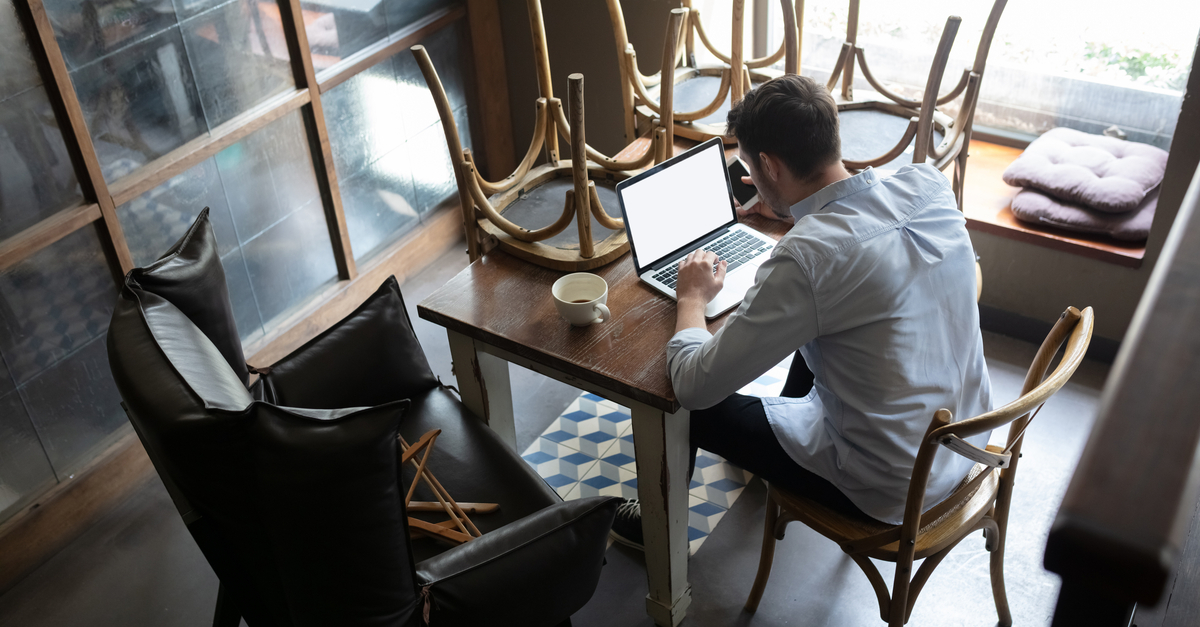Like most hospitality managers today, you're likely facing more rising costs to keep your hospitality business running. After hearing conflicting advice, it's hard to tell which is the easiest way to start increasing profits in your particular business. We understand the loans you probably had to take just to open up, and it can be hard for any restaurant owner to break even on their investment within the first two years. You might be doing almost everything right, but if your financials aren't in order, then you're losing money in ways you don't know about. You can't do much about improving your financial situation until you can accurately see exactly where the money is going without letting to many little expenses slip through the cracks.
For many people in Australia, the biggest expense concerns of their business are penalty rates and staffing fees. According to IBISWorld, wages are the second-largest part of revenue for cafes. With the natural course of inflation and minimum-wage rising, you definitely have to find ways to pay your people well without going over budget.
Opening a new cafe? Read our guide on the 5 golden rules for opening a cafe
The Problems With Raising Your Selling Prices:
Some people insist that they have to raise their prices in order to be able to afford to pay their staff competitive wages. After all, if you don't pay your staff enough, then you'll lose them to your competitors. Besides that, you certainly don't want your workers filing complaints against you for underpaying them. That can ruin the reputation of your business. The government is already taking steps to stop this negative trend of underpaying workers in Australia.
According to the Australian government's Fair Work Ombudsman:
"Despite the hospitality industry employing around 7 percent of Australia's workforce, it accounted for the highest number -- 17 percent -- of disputes we assisted with. It was also the industry with the highest number of anonymous reports received at 36 percent, infringement notices issued at 39 percent, and court actions commenced at 27 percent."
At the same time though, if you overcharge your customers too much, then soon you won't have any more customers either.
Consider what your customers value most
First, you have to know your patrons well to understand why they come to you instead of visiting your competitor down the road. If they are really only coming to you because you have the cheapest thing they want in the neighbourhood, then raising your price point is a deadly business move.
Some people are happy to pay more for your goods and services if you clearly show the added value of your services.
Others make their buying decisions based on their ethical views, such as supporting companies with no carbon footprint to help the environment. If clients find your products are the most convenient for them, that's another strong selling point.
While people are often put off by surveys, they are more likely to appreciate it if you just have a casual conversation with them about what they like about your business and what you could improve. Sometimes you can make one of the offerings in your cafe at a lower cost if you work more efficiently or use different ingredients, so evaluate all your options.
If you do end up raising prices...
- Check the current price range for comparable goods and services to yours nearby your location. Having prices higher than everyone around you is a risky move that could make you lose too much business.
- Communicate to your regular customers why you've raised prices. Sometimes all it takes is a simple sign with something along the lines of, "In order to serve you better, we've made the following changes..."
- RotaCloud talks about the benefits of letting people choose what they spend more on by giving them more options. Think about charging more only for new services or products that your customers are interested in. That way, regular customers can enjoy a simple version of what they love at a lower price point, and they'll understand that they can get more for a slight increase in price. Many companies follow this business model as a way of expanding while maintaining good relations with their regulars too.
- Compile a complete list of your supply costs. Prices in a cafe, for example, don't only come from charging a little more than the cost of the ingredients in a meal. You should think about how much of a profit margin you need to have overall on the main categories of food that you offer. The food-cost margin is the one to watch closely. For example, the average profit margin you need to make on desserts can be a guideline to help you adjust the dessert prices.
- Redesign your menus to show the overall changes that you're making beyond just increasing the prices. Reinvent old dishes and describe them in exciting ways inside your menu to help sell them better.
- Add little perks to your offerings that don't cost much but boost your perceived value. For example, free whipped cream on all hot drinks is a nice touch.
Ultimately, the only way to gauge your pricing is to conduct a thorough financial assessment.
Luckily, we've got the experienced team and tools to help you do that.
When you sit down with us, we'll be happy to discuss different ideas to improve your business. Nobody likes to organise their financials, especially if you don't know how to structure them in the first place. Let us do the hard work for you instead.
We can organise your books in a way that makes sense to you. Then you can relax knowing that you are finally managing your financials instead of having your out-of-control expenses drive you nuts. We have loads of experience helping restaurants just like yours. Contact us today at Eye on Books.





















